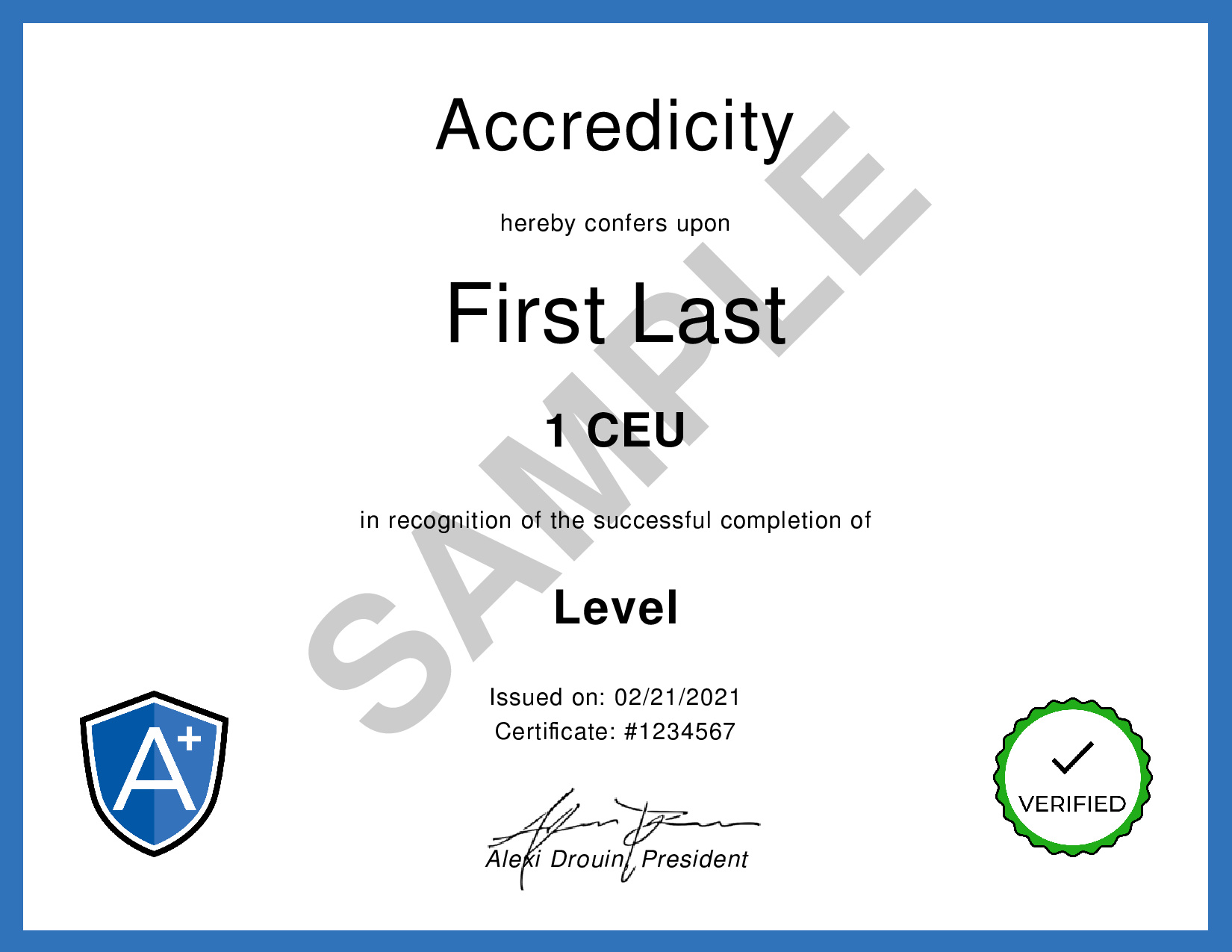A&P 31: Respiratory System, Part 1 | CrashCourse
Reference: CrashCourse. (2015, August 24). Respiratory System, Part 1: Crash Course A [Video]. YouTube.
We Make Your Education Count

Please confirm you want to block this member.
You will no longer be able to:
Please note: This action will also remove this member from your connections and send a report to the site admin. Please allow a few minutes for this process to complete.